Taxing Problem: H&R Block Supports Consumer Need For Digital Disbursements
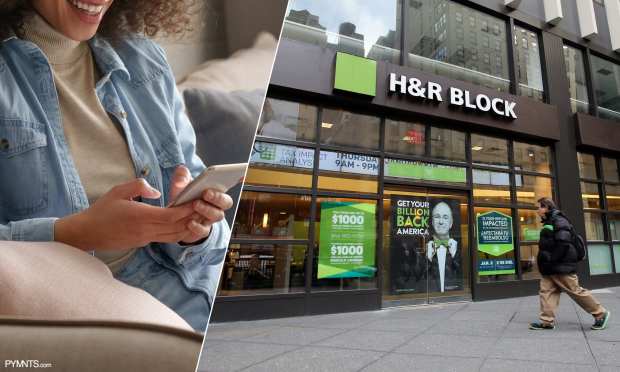
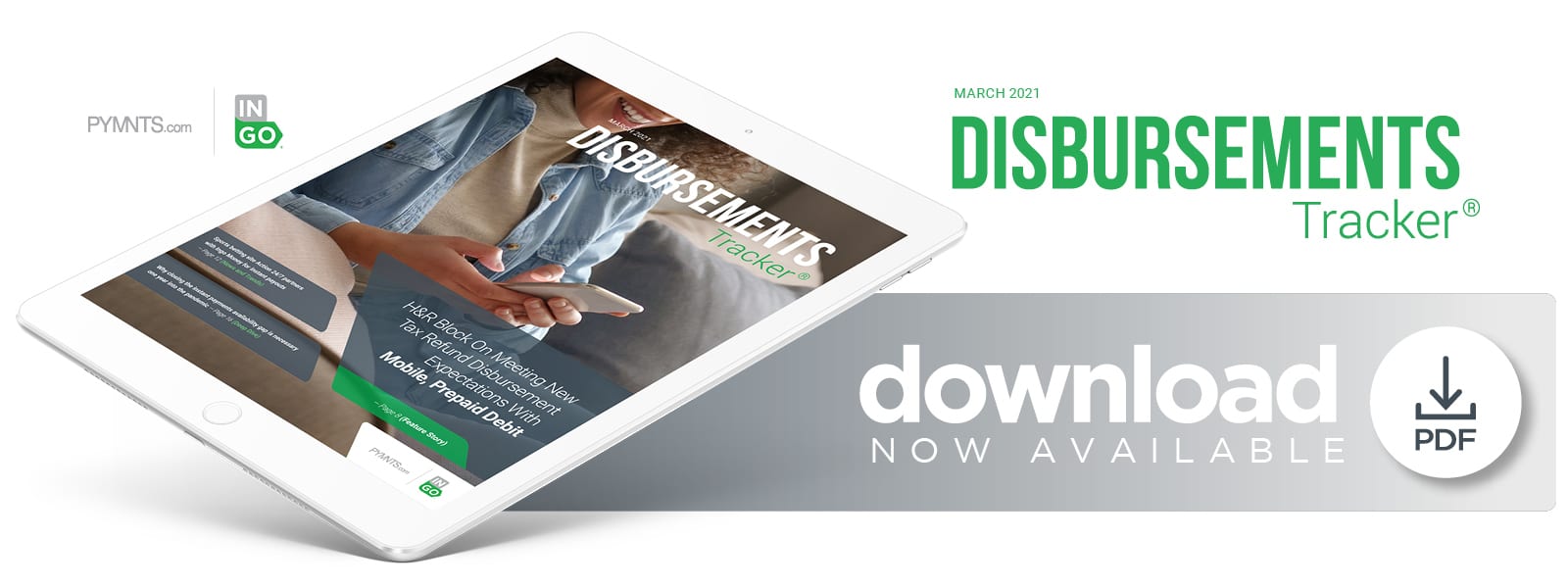 It has been a year since the pandemic’s arrival prompted widespread changes to how consumers, merchants, payment providers and financial institutions (FIs) interact and move their money. The financial ecosystem in place when 2020 began has been replaced by one in which digital disbursements are not a desire but a necessity, as consumers are now reaching for their phones or laptops when conducting routine financial tasks. Consumers and businesses alike are also searching for financial tools that can help them send and receive funds faster, leading to surging interest in instant payment solutions. Small- to mid-sized businesses (SMBs) especially are coming to prefer these solutions, with one recent PYMNTS study finding that 67 percent of microbusinesses — SMBs with fewer than 10 employees — claim that having free access to instant payments would enhance their loyalty to their FIs.
It has been a year since the pandemic’s arrival prompted widespread changes to how consumers, merchants, payment providers and financial institutions (FIs) interact and move their money. The financial ecosystem in place when 2020 began has been replaced by one in which digital disbursements are not a desire but a necessity, as consumers are now reaching for their phones or laptops when conducting routine financial tasks. Consumers and businesses alike are also searching for financial tools that can help them send and receive funds faster, leading to surging interest in instant payment solutions. Small- to mid-sized businesses (SMBs) especially are coming to prefer these solutions, with one recent PYMNTS study finding that 67 percent of microbusinesses — SMBs with fewer than 10 employees — claim that having free access to instant payments would enhance their loyalty to their FIs.
However, there remains a critical divide between the number of consumers and businesses that want instant payments and the number of financial entities that can provide them. Legacy infrastructure and other challenges still hamper banks’ efforts to expand instant payments’ availability, leading to 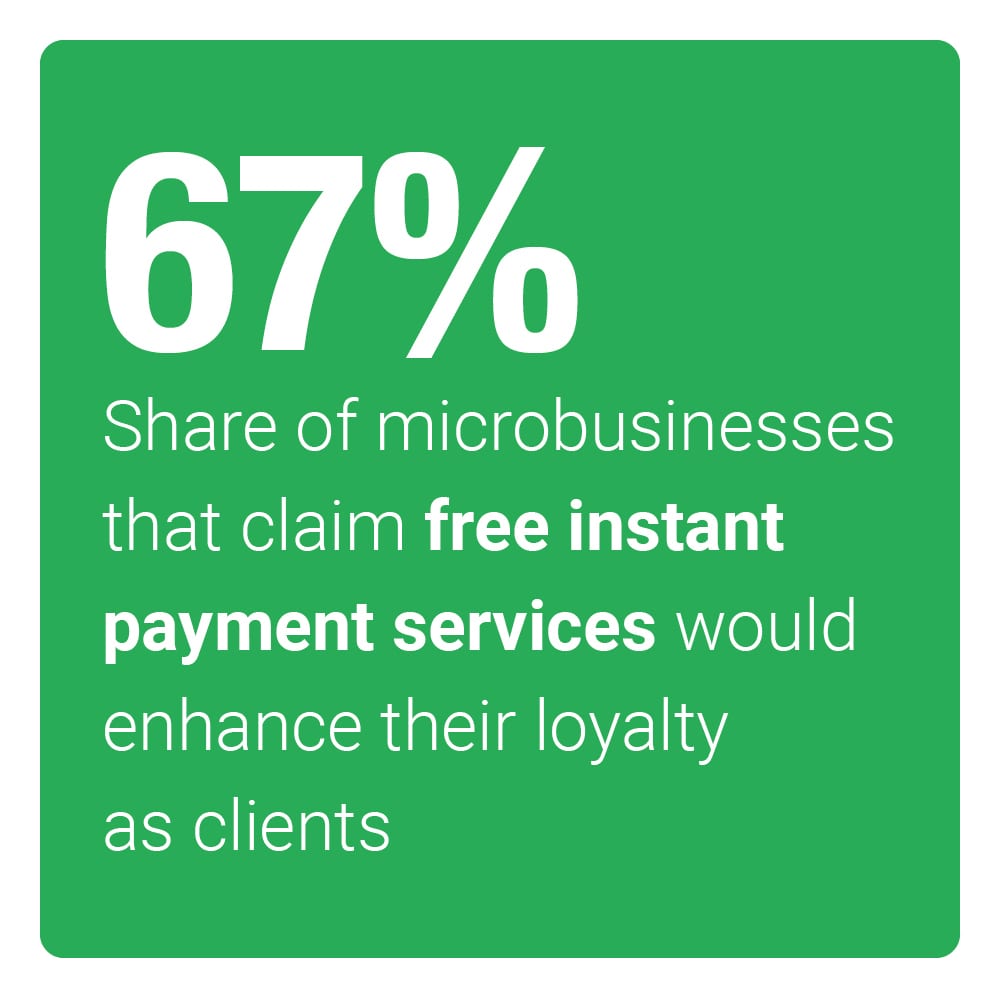 frictions and frustration when customers seeking speedier transfers must wait weeks for manual payments. Narrowing this divide is proving critical to helping these entities satisfy their customers during the health crisis.
frictions and frustration when customers seeking speedier transfers must wait weeks for manual payments. Narrowing this divide is proving critical to helping these entities satisfy their customers during the health crisis.
In the March Disbursements Tracker®, PYMNTS looks at how the wider payments world — and disbursements, in particular — is still feeling the pandemic’s effects a year after it began. It also examines how payment preferences, wants and needs have shifted over the past year and how financial players and businesses can develop the tools and solutions they need to stay on top of these changes.
Around The Disbursements World
Many consumers and businesses are still dealing with pandemic-related economic fallout, which means lagging disbursements can turn from frustrating to financially detrimental for waiting recipients. This has prompted several government agencies and government-run aid programs to reexamine how they disburse funds to eligible individuals. Utah’s branch of the Special Supplemental Nutrition Assistance Program for Women, Infants and Children (WIC) recently announced that it would replace paper check disbursements with electronic benefit transfer (EBT) cards, for example. The program provides financial assistance to those struggling to purchase groceries and other essential goods, and switching to EBT cards means that individuals will no longer have to wait to receive the funds in the mail. They can instead simply receive the cards and immediately use the funds.
The U.S. Internal Revenue Service (IRS) is urging consumers away from receiving their tax returns via paper checks, advocating they switch to direct deposits for easier disbursement. It is also citing the benefits of filing taxes digitally rather than filling out paper returns. These switches will allow consumers to more quickly complete their filings and receive their returns while enabling the IRS to catch up on its backlog of unprocessed returns from the previous tax season. It could also help the agency more swiftly disburse funds that could come attached to a potential third stimulus check as discussions over another round of payments continue.
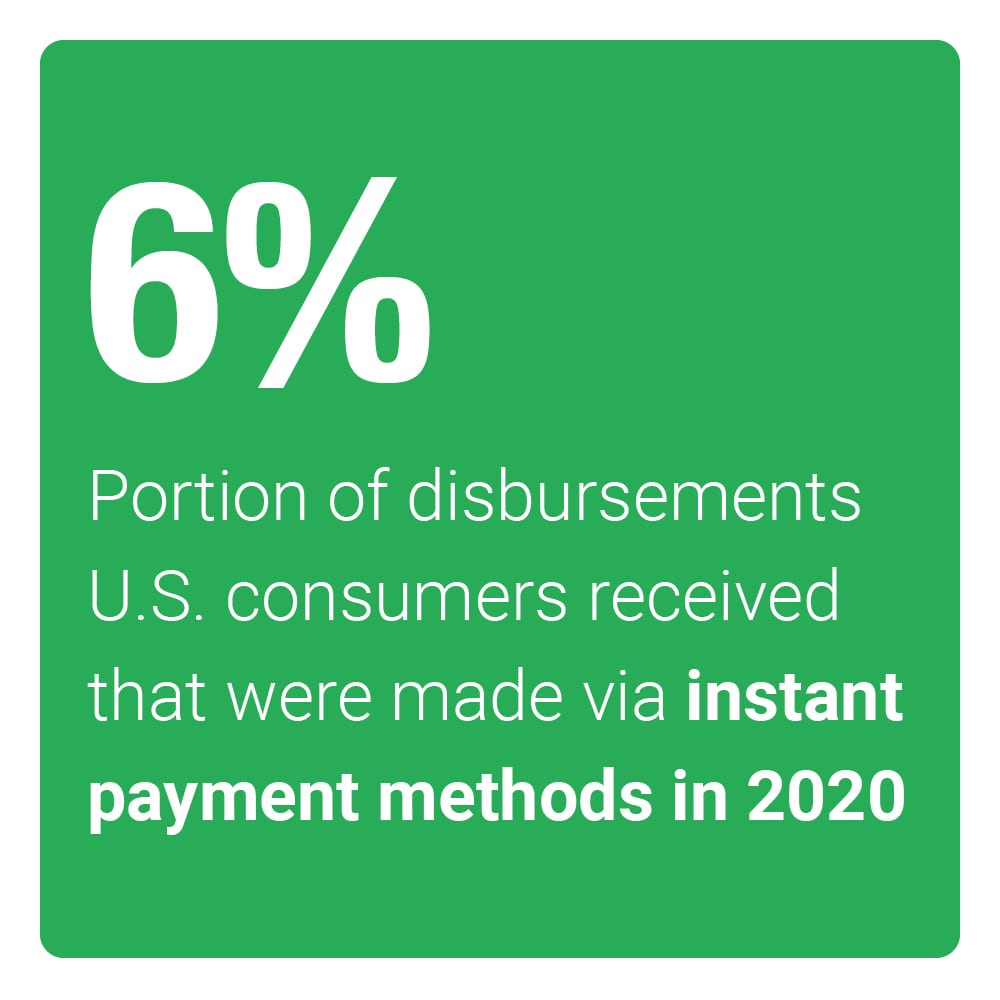 Government agencies are not the only entities that have paid close attention to payment developments over the past year. FIs and payment providers are also heeding customers’ rising interest in and preference for digital disbursements and instant payments, with many eyeing how they can implement these features in their own products and services. However, there are several key barriers that are still preventing instant payments from achieving true ubiquity, Drew Edwards, CEO of Ingo Money, explained in a recent PYMNTS interview. Many providers offer instant payments only for specific accounts that are often not the primary accounts into which customers wish to receive funds. This means customers must then take extra steps to reroute money to their preferred accounts, effectively removing the “instant” feature of instant payments. Edwards concluded that providers would have to carefully consider how consumers wish to send and receive their money to remove these frictions.
Government agencies are not the only entities that have paid close attention to payment developments over the past year. FIs and payment providers are also heeding customers’ rising interest in and preference for digital disbursements and instant payments, with many eyeing how they can implement these features in their own products and services. However, there are several key barriers that are still preventing instant payments from achieving true ubiquity, Drew Edwards, CEO of Ingo Money, explained in a recent PYMNTS interview. Many providers offer instant payments only for specific accounts that are often not the primary accounts into which customers wish to receive funds. This means customers must then take extra steps to reroute money to their preferred accounts, effectively removing the “instant” feature of instant payments. Edwards concluded that providers would have to carefully consider how consumers wish to send and receive their money to remove these frictions.
For more on these and other stories, visit the Tracker’s News & Trends.
How The Pandemic May Have Changed Tax Seasons For Good
Millions of consumers are still wrestling with the pandemic’s continuing economic impacts, with many seeking to more quickly receive the funds they are due to better manage their finances. These trends have filtered into how consumers are approaching the 2020 tax season, Kathy Pickering, chief tax officer for tax preparation firm H&R Block, said in a recent PYMNTS interview. More consumers are moving to digital channels to speed up their tax filings and receive answers to a growing list of questions as the pandemic continues to affect global finances. To learn more about how the pandemic is changing the 2020 tax season and consumers’ expectations for refunds, as well as what this could mean for future tax seasons, visit the Tracker’s Feature Story.
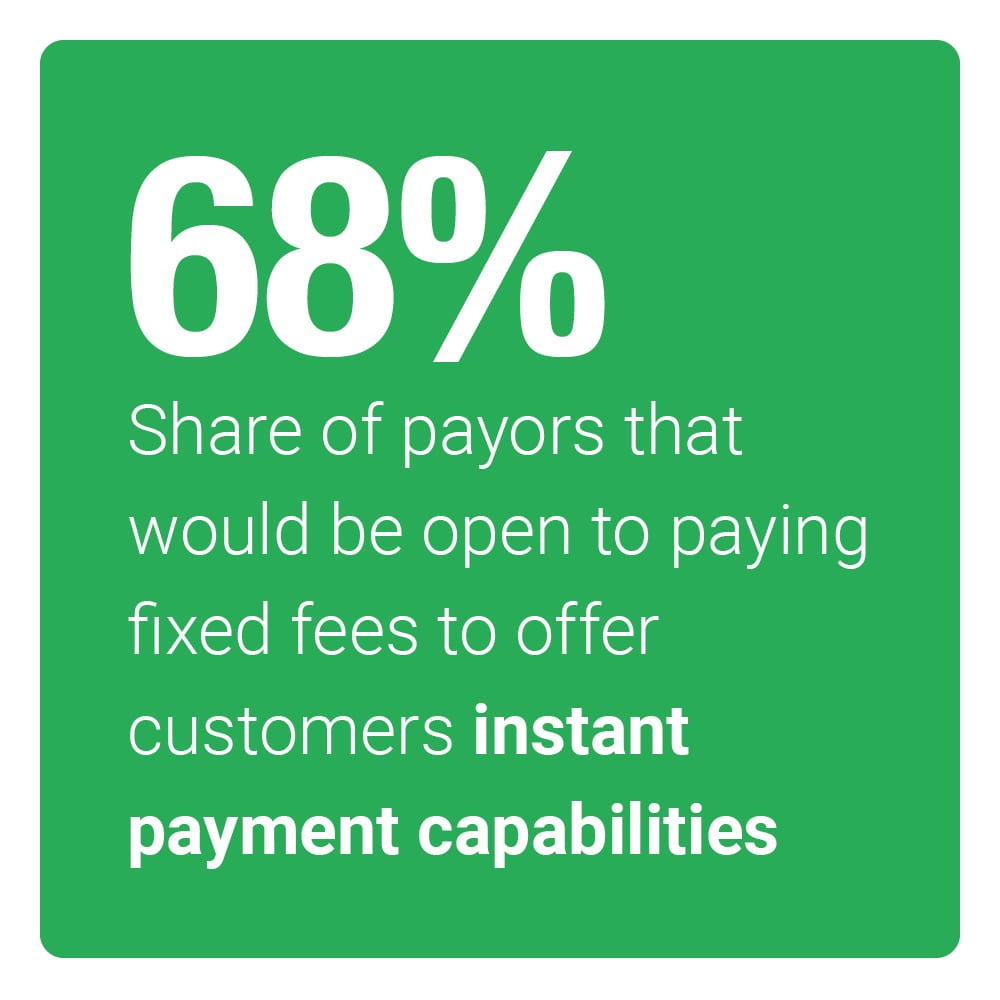 Deep Dive: Bridging The Instant Payments Popularity, Availability Gap One Year Into The Pandemic
Deep Dive: Bridging The Instant Payments Popularity, Availability Gap One Year Into The Pandemic
More transactions are becoming digital as the health crisis continues and consumers’ and businesses’ payment preferences adjust accordingly. Both parties are looking for payment solutions that are digital-first and can help them maintain healthy finances. This often means that speed is of the essence for businesses and consumers, contributing to growing interest in instant payment solutions that can help them swiftly move money to and from their accounts. However, there remains a large gap between instant payments’ popularity and availability, which FIs, insurers, and other senders must quickly bridge to keep clients satisfied. To learn more about instant payments’ expansion and the challenges preventing entities from supporting such payments, visit the Tracker’s Deep Dive.
About The Tracker
The Disbursements Tracker®, a PYMNTS and Ingo Money collaboration, is the go-to monthly resource for the latest trends and changes in the digital disbursements space. It covers disbursements developments occurring in the government, insurance and the retail sectors and how instant payments adoption is progressing globally.